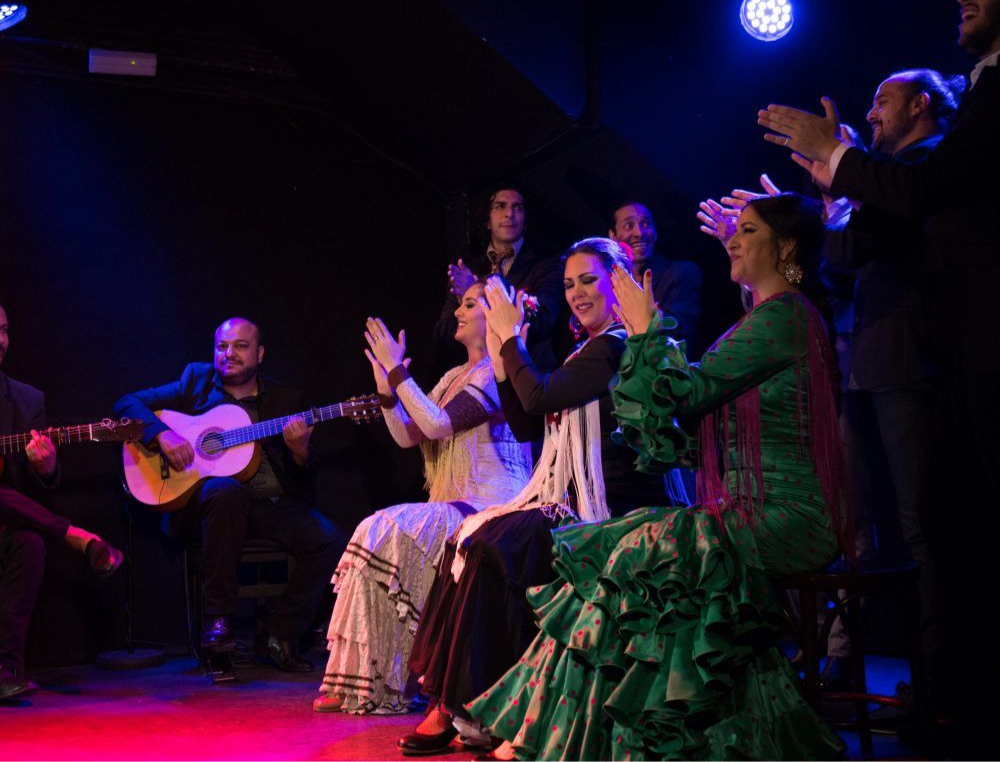
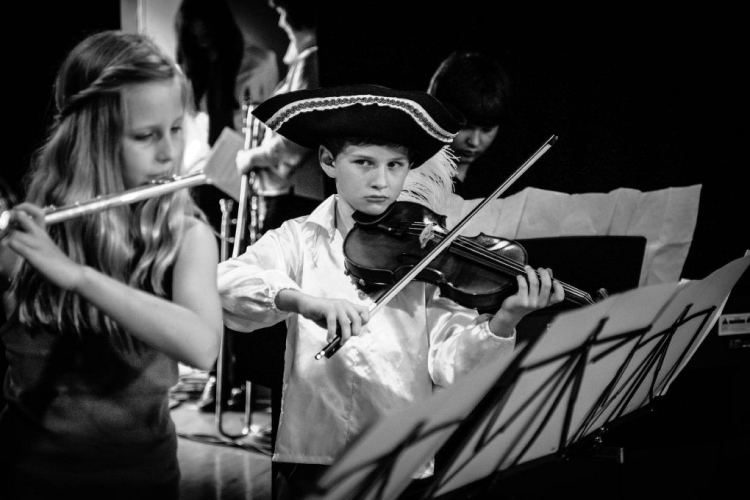
Sonidos y canciones
Wind and String Instruments
“Flamenco art is the divine and the guitar is only an instrument to express it”, why can not be the piano, or any other, that instrument to express the divine?” – Vicente Amigo.
As it is alive, Flamenco is constantly nourished by new sounds. A crucial part in the evolution of this art.
Flamenco’s capacity to adapt to new times and maintain the essence of its origins is something unusual.
We are currently living a time of creative bubbling for Flamenco. Where prestigious artists reinvent themselves, and new generations are willing to participate in the preservation of this ancient art.
Violin
Sob and happiness for Flamenco
Among the melodic instruments, perhaps the violin is the one that has had the most difficulty in getting into flamenco. Something that for music lovers is surprising, as the violin can sound heartbreaking, vibrant or contentious, like Flamenco.
A violin properly introduced into a cuadro flamenco has the ability to become the focus, to transform sounds and to accompany the dance almost touching it.
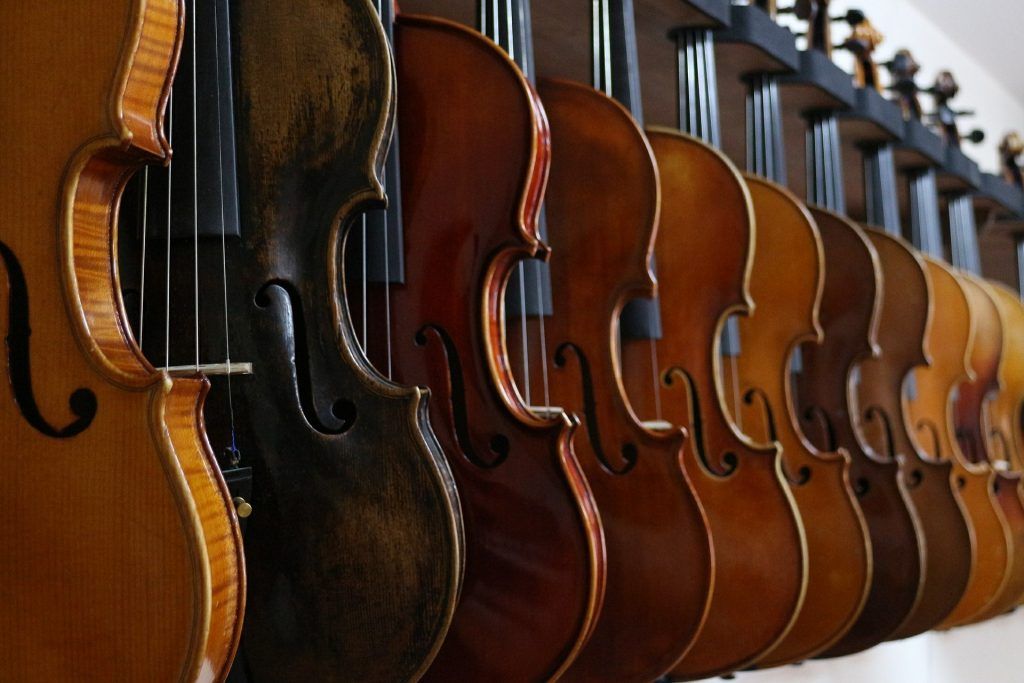
Other musical cultures such as the Arabic, Celtic and Gypsy influences from Eastern Europe have perfectly integrated their violin variants.
The person who brings coherence to the fusion of violin and flamenco is Ernesto Briceño, violinist, orchestra director, promoter and educator. His book “Flamenco es para cuerdas” is one of the greatest examples we can give in this respect, emphasizing the importance of rhythm and palmas in flamenco.
Piano
El piano aflamencao
The introduction of the piano in flamenco instruments produces a kind of transmission by the genre with respect to melodic instruments.
The piano lends to Flamenco a multitude of possibilities, as many as Flamenco lends to the piano.
We talk about a remarkable reinvention created by some artists, such as the already mentioned Bebo Valdés. About the first flamenco piano references, it is worth mentioning the work of José Romero and Arturo Pavón
After the work of these artists, the piano lost its presence in flamenco for a few years, due to the fact that the guitar acquired absolute importance, acquiring a technical and rhythmic level very difficult to assimilate for the pianists of that period, who came from classical music.
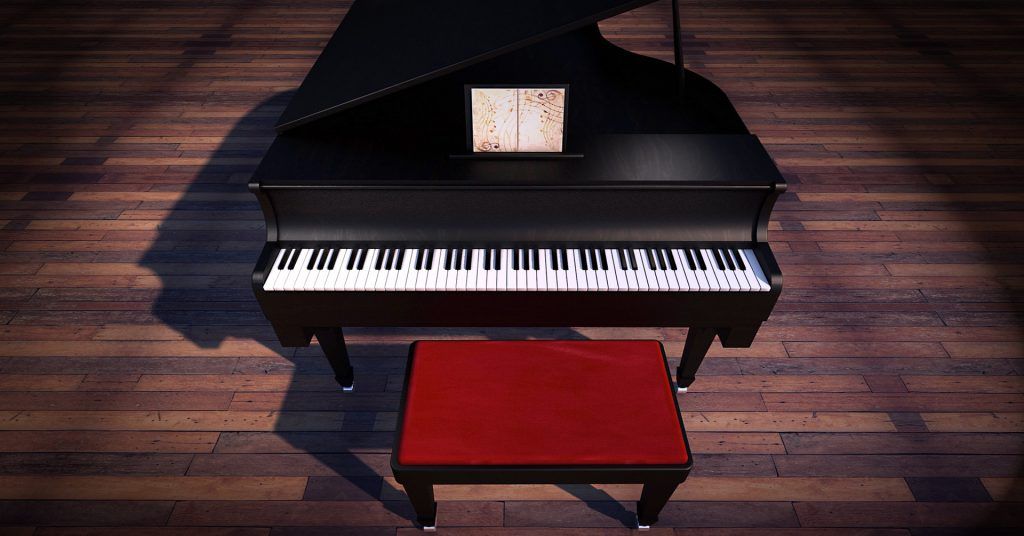
In order to introduce the piano correctly into the world of flamenco it is necessary for the musician to have a high level of knowledge, and a balance must be produced between the study of the instrument itself, as well as the genre. This is the only way to work the two fronts simultaneously.
In order to find this balance and to reach the combined harmony, the process requires a previous and individual time of work.
The piano can be accompaniment or replacement of the guitar and dance in a flamenco piece. Unlike others, it has the ability to develop as a soloist instrument.

The evolution of the piano takes two parallel paths: One is purist and the other incorporates elements from other music styles, usually blues and jazz.
Both have the ability to combine perfectly with flamenco art.
Flute
An unusual sound for flamenco
The flute became flamenco, bringing fresh, energetic and innovative winds that carry with them the flamenco tradition.
Juan Parrilla, Simón Fernández and Trinidad Jiménez are some of the most relevant flamenco flutists on today’s music scene.
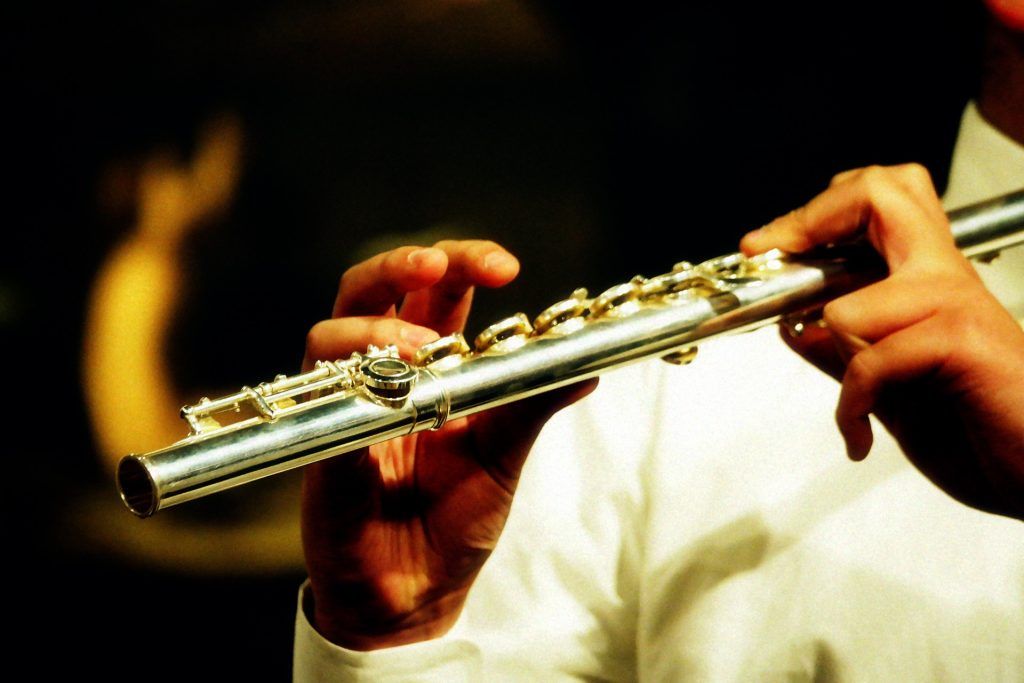
When we talk about flamenco music, the flute is allowed to do something unimaginable in other genres.
In flamenco the flute is not totally directed, the musician rules his instrument, exercises musical freedom and remains alert to improvisation and quejíos ( laments).
Flamenco gives the flute interpretative strength and the flutist the ability to develop an excellent musical sense.
Flamenco flutists emulate guitars, singing and dancing, searching and reinventing the appropriate way for each palo del Flamenco.

The best 6 Flamenco shows in Madrid
Meet with the majesty of flamenco and its contention in the tablaos of the capital of Spain.
See shows in Madrid